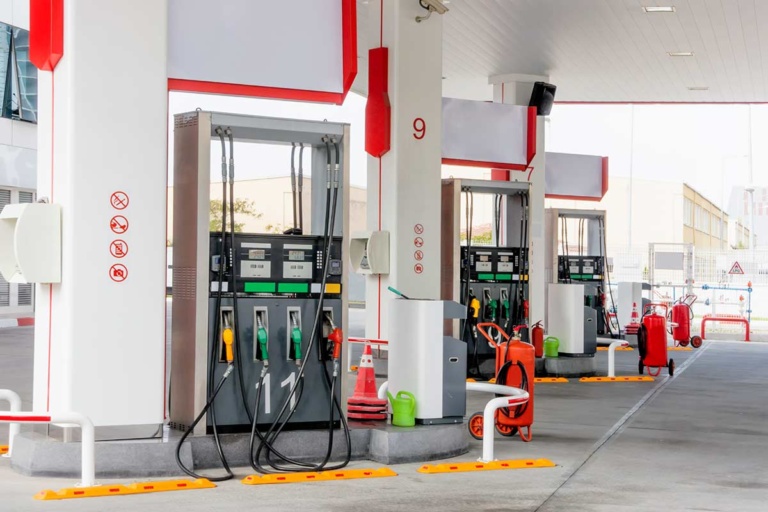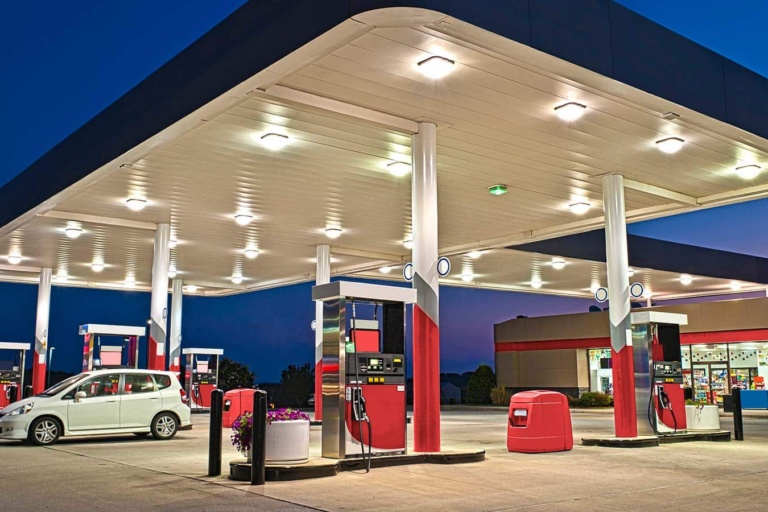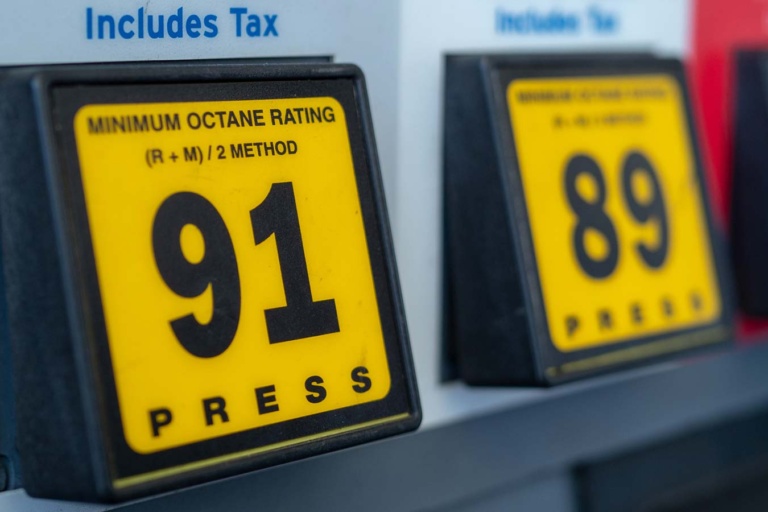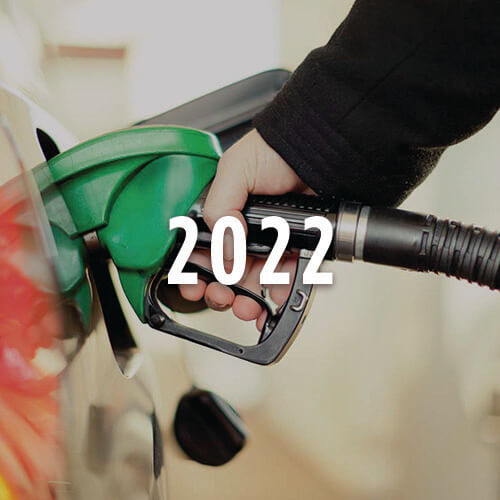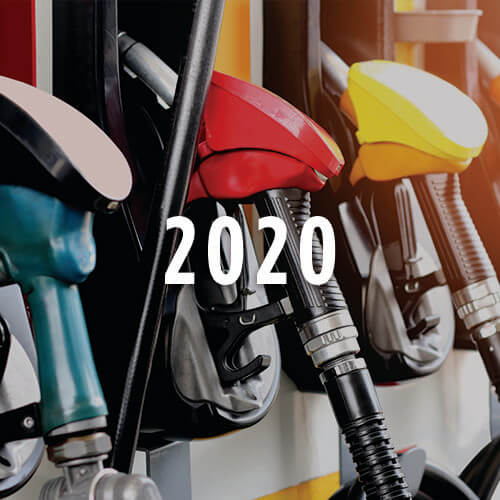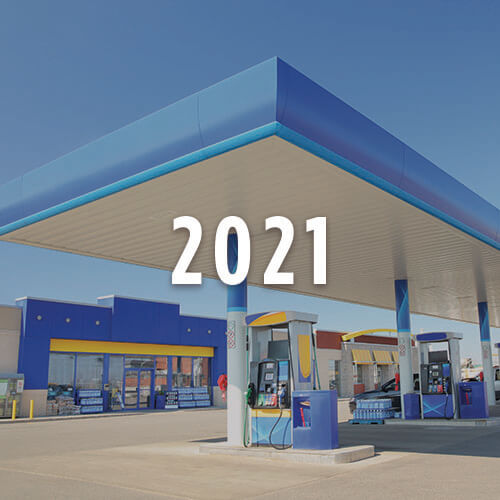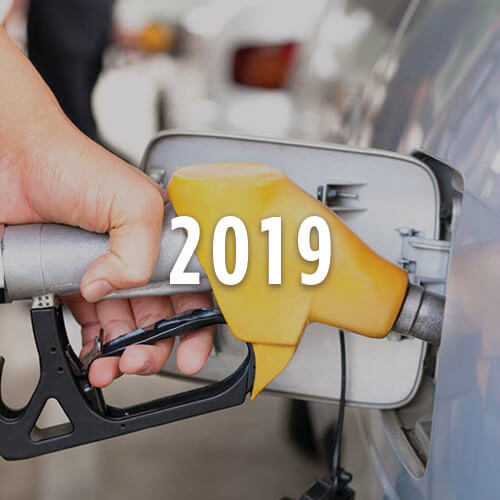Fuel prices are updated daily at gasprices.aaa.com. You can find updates to Oregon’s gas prices every Tuesday right here. To find fuel prices by city or zip, visit out Fuel Price Finder.
For media inquires contact Marie Dodds at marie.dodds@aaaoregon.com or (503) 222-6729.




